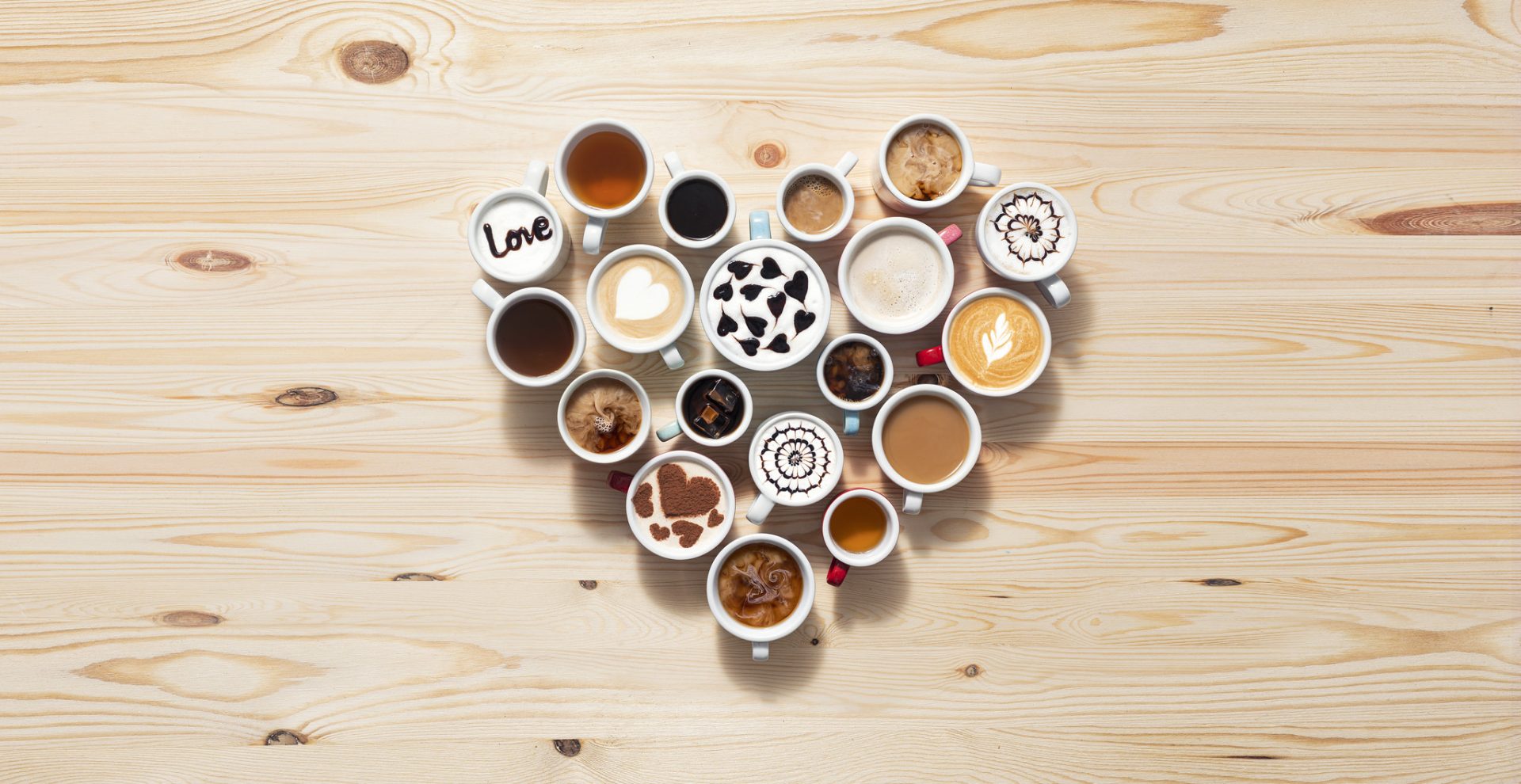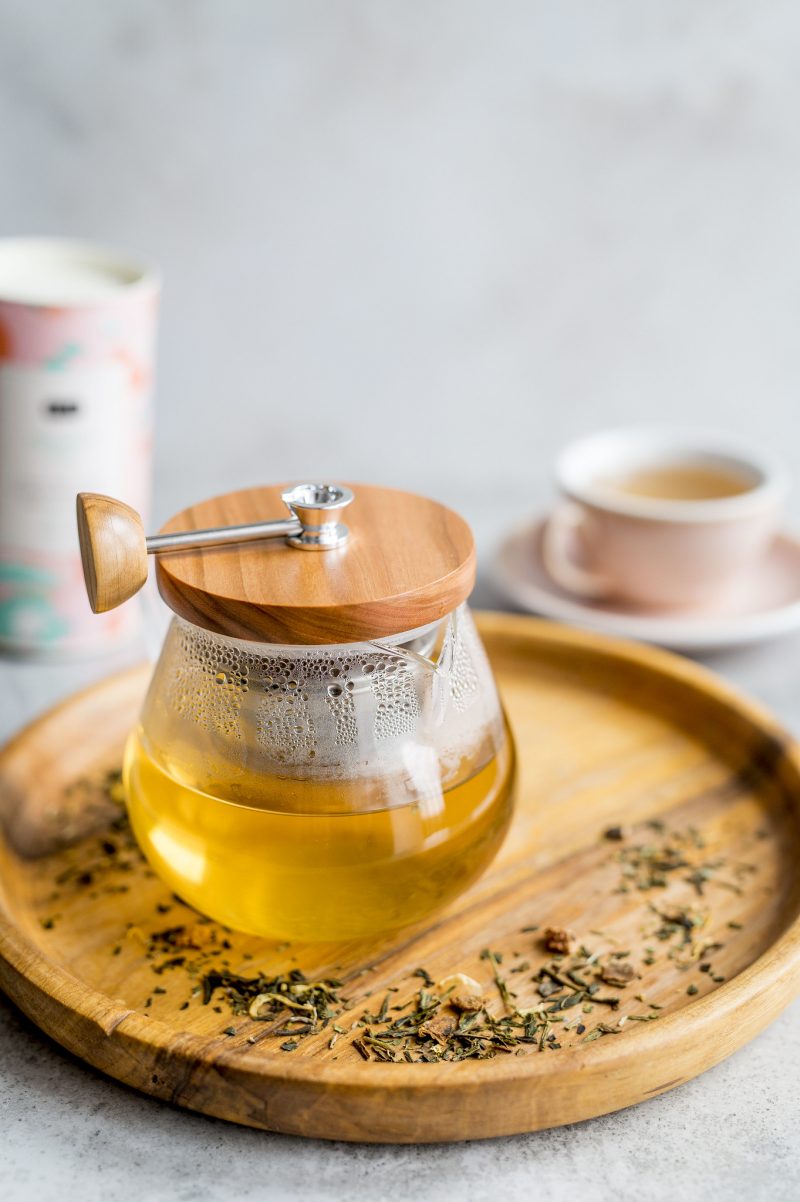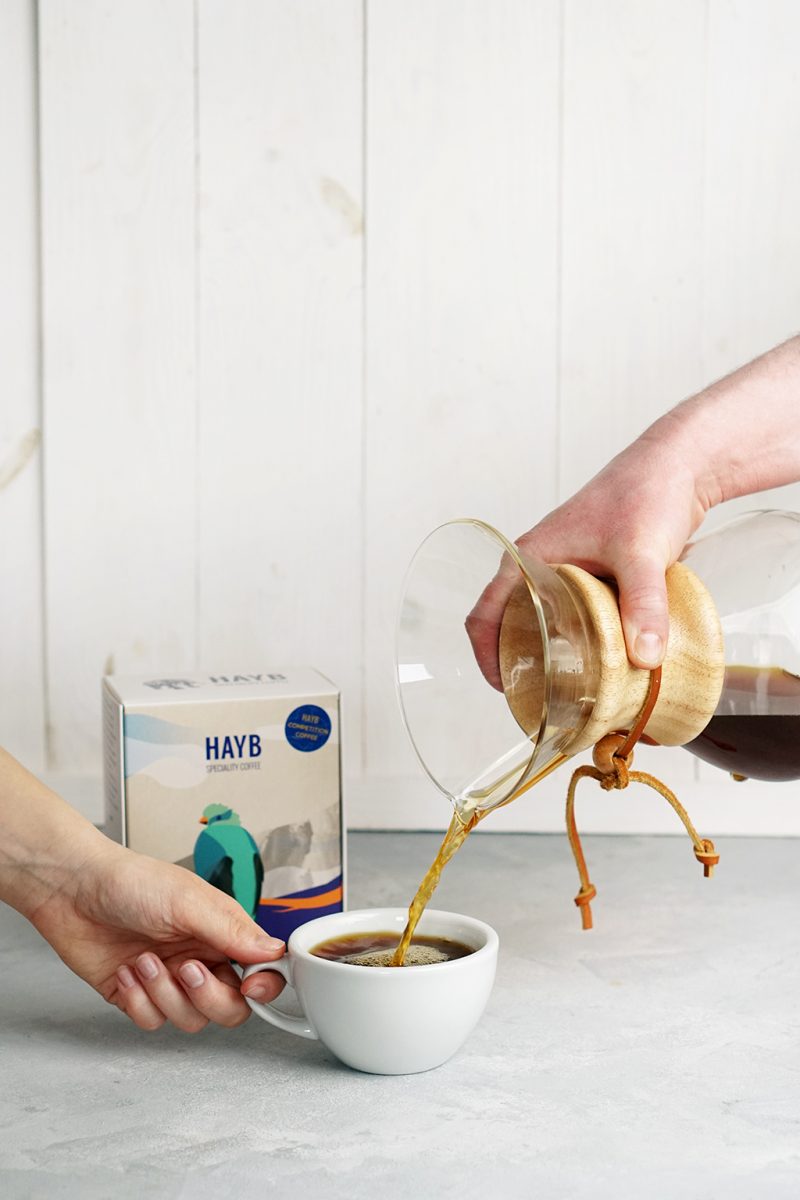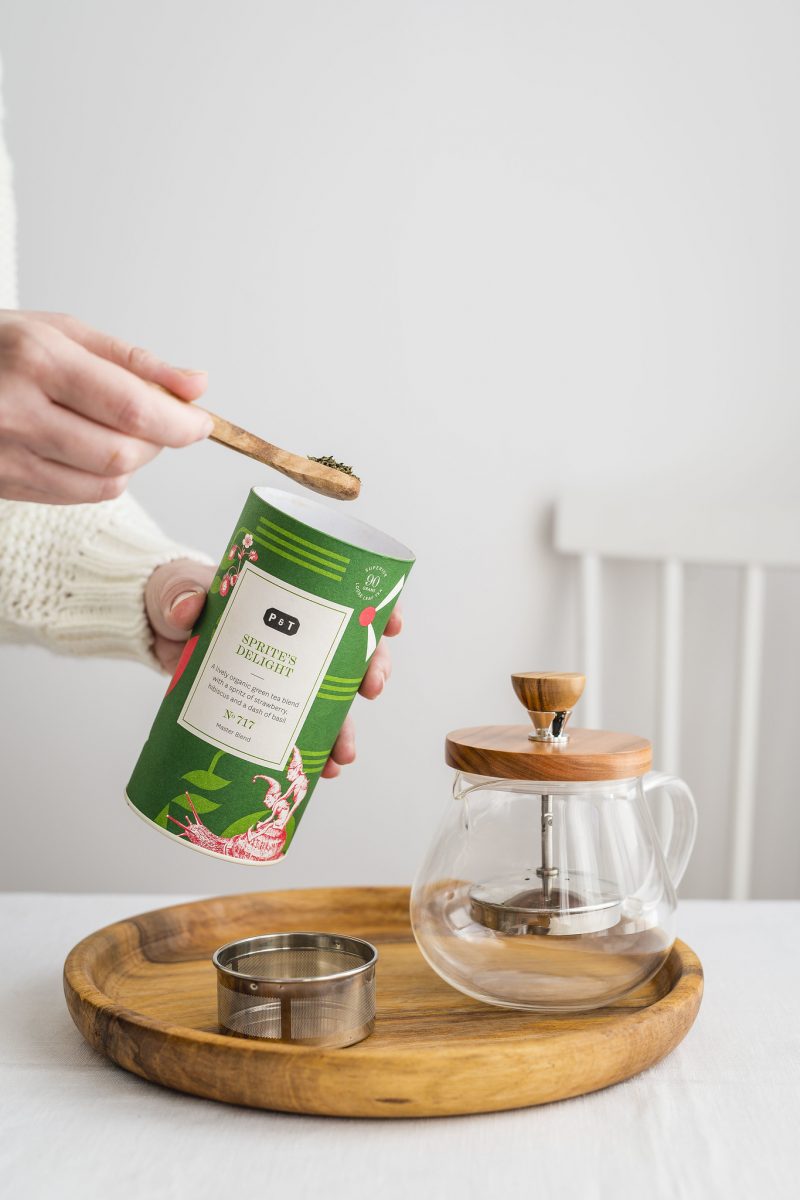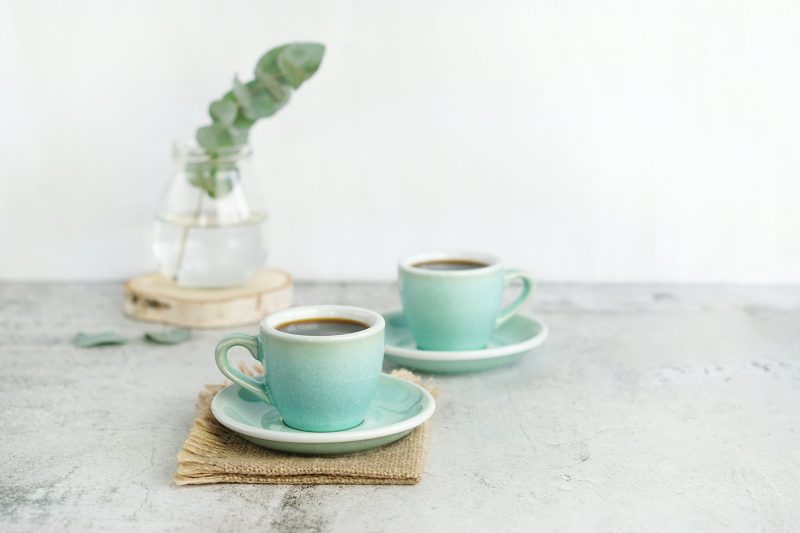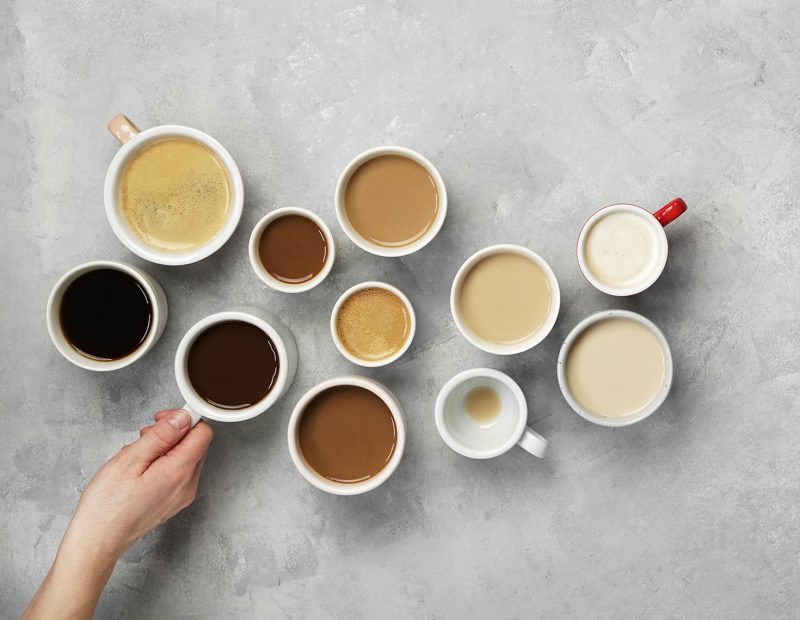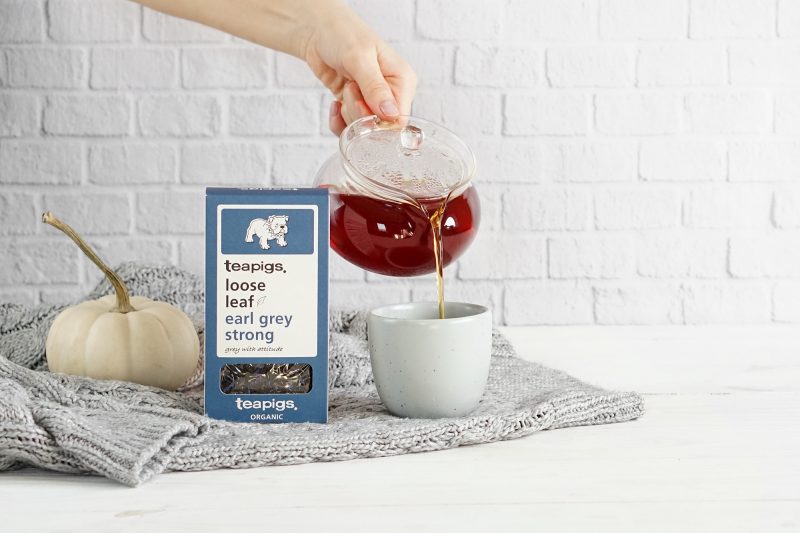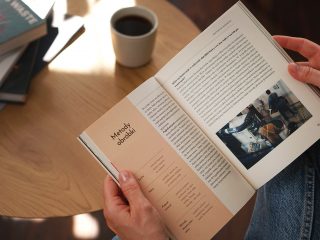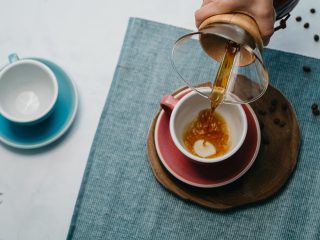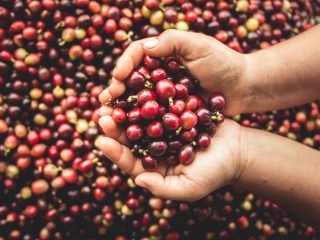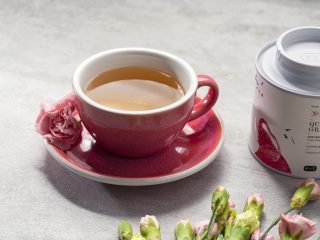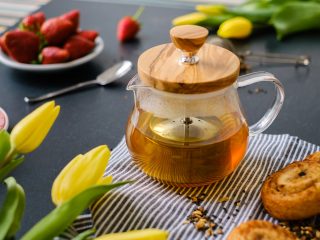There are only two kinds of people in this world: coffee freaks and tea lovers. Although tea has been proclaimed the most consumed beverage time after time, it seems to be a Pyrrhic victory; at least in Poland its popularity rarely goes hand in hand with quality.
Here’s a simple test for you – go to your local specialty coffeeshop and take a closer look at their menu – you’ll probably find yourself bombarded with all sorts of information about the beans in stock, what coffee is used for batch brew, the altitude at which it was grown, who roasted it, what the ideal TDS is….on the other hand, under enigmatic ‘hot drinks’ we’ve got tea – green or black. Is that all? Wait…is that a teabag? Even if you are lucky enough to find a place that serves loose leaf, how do you brew it without a timer or scale? Not knowing the water temperature? Would a waiter in a restaurant bring raw ingredients to the table and expect the guests to cook their meals?
I know, I know, I’m whining – however, if you think about it, there really is no reason why we should treat coffee with more care than tea. Both have plenty to offer if we make time to learn the quirks.
Where do we start? As always, knowledge is key – understanding the product you work with, where you are now and what the desired outcome is. Coffee has paved the way for tea as specialty beverage, thus comparing the two will allow us to gain a better understanding of where we’re at – and how much potential there is.
Fundamental differences between coffee and tea
Let’s lay the foundation by learning a little bit more about the origins of coffee and tea – surprisingly, they have very little in common. Coffee and tea are native to two different continents (Africa and Asia), produced from various plants (Coffea and Camellia sinensis), even the parts we use are somewhat contrasting – leaves for tea and beans for coffee. As far as the latter is concerned, most flavour manipulation occurs during two phases: processing cherries and roasting. In tea production every step opens new doors and the producers are limited only by their imagination – leaves can be sold right after withering or left to oxidise until they reach anywhere between a couple to several dozen per cent; they can be aged, roasted with various types of wood, temperatures and times (similarly to coffee), blended with other teas or even fruit… every slight modification will affect the flavour. However, aside from these intricacies, the main difference between coffee and tea lies in the nature of key processes responsible for their distinctive flavour profiles – beans are subjected to non-enzymatic reactions, such as caramelisation and Maillard reaction, whereas tea undergoes enzymatic browning involving polyphenol oxidase.
The chemical composition of tea and coffee – which one is better for us?
The astonishing diversity among teas and coffees makes drawing any comparisons in relation to their chemical composition a tricky business – not to mention most relevant studies do not provide sufficient information about the origin and quality of leaves and beans they used, merely referring to both as “tea” and “coffee”. However, we can quite satisfactorily distinguish the main compounds found in these products:
Carbohydrates
Simple and complex carbohydrates make up around 40 per cent of coffee and only around 15-20 per cent of tea – unsurprisingly, considering what parts of plants are used to produced both.
Amino acids and lipids (fats)
Amino acids – tiny building blocks that combine to form protein – constitute around 13-15 per cent of green coffee beans and up to 25 per cent of dry tea. Here’s the million dollar question – why do we care?
Well, let me tell you why! Amino acids are responsible for the distinctive savory, umami taste that almost resembles…chicken broth. The amount of amino acids in leaves is largely dependent on light conditions – the more sunlight the tea was exposed to, the more polyphenols it will contain. On the other hand, shading will result in tea rich in those unusual umami notes. Remember Japanese Gyokuro tea? It exemplifies this process beautifully – tea bushes that Gyokuro is made from are purposefully shaded in order to bring out that cherished brothiness.
Speaking of green tea – have you heard of L-theanine? This particular amino acid has become somewhat of a buzzword among biohackers, and for a very good reason – almost exclusively found in black and green tea, it has been shown to aid relaxation without causing drowsiness.
While more amino acids are present in tea, the opposite is true for lipids – their content in coffee beans can reach up to 18 per cent but varies in a brew, depending on the preparation method. Paper filter will retain most of it, thus impacting the overall flavour and mouthfeel.
Phenolic compounds (polyphenols)
Sounds mysterious? We’ve all heard of antioxidant properties of coffee and tea, and we’ve got the polyphenols to thank for. These special little compounds can be further subdivided into flavonoids, phenolic acids and others, such as lignans, lignins and tannins. While coffee contains some of them (chlorogenic acid), they are predominantly found in tea – up to 30,000, with flavonoids, catechins and tannins being the major constituents.
Vitamins and minerals
It takes one look at the prevalence of impressively bearded males representing the barista community to conclude that coffee and tea are in fact grossly underestimated youth cocktails. Indeed, both contain vitamins and minerals, the former including B-vitamins, potassium and manganese, the latter being rich in vitamin C, B1, B6 and up to 30 various minerals, such as fluoride, manganese, potassium and selenium. Unfortunately the matters complicate when we realise both tea and coffee contain caffeine – not only does it have a negative impact on absorption of certain compounds but can also cause depletion of some B vitamins (the very same it contains – talk about unfair), iron and zinc. As if that wasn’t enough, it also increases magnesium excretion.
This does not sound like good news…what do we do? I’m glad you asked. Here is what we do not do: panic. Don’t panic! As much as it is tempting to succumb to extremes, no one sounds alarm when studies after studies show we don’t get enough sleep, or bans sitting because sedentary lifestyle causes back pain. Awareness is key – knowing how harmful our habits can be and how we can prevent or minimalise their destructive effects. Does your job require prolonged sitting? Squeeze in a little physical activity. Drink a lot of coffee? Test yourself for potential deficiencies and plan your diet mindfully. The problem rarely lies in a single product, but rather a lack of awareness combined with “hoping for the best”.
Alkaloids (caffeine)
Another group of compounds we’re likely to find in many plants are alkaloids present in various forms – nicotine, quinine, morphine, strychnine and…caffeine. Their role is to defend the plant against insects; alkaloids are responsible for the bitterness that scares off potential predators. Although coffee and tea contain at least a few types of these compounds, we will concentrate on caffeine – it certainly prevails in both products (according to Ramdani et al.(2018) it far outnumbers all other alkaloids in green and black teas) and admittedly, piques most people’s curiosity.
Determining how much caffeine there is in brewed coffee and tea poses a bit of a challenge – there is a plethora of variables that need to be taken into account, from growing conditions, to processing and brewing methods. There is a high variance among coffees brewed traditionally vs alternatively, not to mention comparing these values to teas. It is generally assumed that the latter contains more caffeine in dry leaf (versus the same amount of dry coffee grounds), however due to preparation techniques very little of it ends up in brewed tea. What is more, the impact of caffeine will be different depending on other concurrent compounds, for instance aforementioned L-theanine.
Can we overdose caffeine in tea or coffee?
We all know the effects of this particular compound on our bodies all too well – instead of boring you with research and statistics, let’s talk about something different for a change: can you overdose on caffeine?
In short – yes, caffeine overdose from coffee is possible and in extreme cases fatal, but also incredibly rare. As there is already very little of it in brewed tea, potential threat is virtually nonexistent and from now on we will be referring to coffee. According to vox.com that cites research from 2017, in 51 studied cases of fatal overdose the amount of caffeine in tested blood was around 180 mg/L – for comparison, consuming a double shot of espresso will contribute to increase in these values to 5-6 mg/L. This means we would have to drink at least thirty shots one after another in order to reach those levels – highly unlikely that anyone would succeed, even in special circumstances such as barista championships. Those who died of caffeine overdose mixed coffee with energy drinks and pure caffeine powder – probably not the smartest move.
We started boldly with the grimmest scenario – but what happens if the overdose is mild? Almost everyone has been a little over-optimistic about their caffeine tolerance at least once and suffered from headaches, rapid breathing, fast heartbeat and dizziness – as long as you’re otherwise healthy and don’t experience heart problems, these symptoms will eventually fade away and will not cause a lasting damage.
And what happens if we overdose on tea? Very few people know that tea…can get you drunk! “Tea drunkeness”, as this state is often referred to, is induced by collective effect of caffeine, L-theanine and a few other compounds present in brewed leaves. Aside from the name, it has very little in common with intoxication caused by alcohol – it inspires feelings of deep relaxation, calmness, euphoria and alertness, or what many declare as “zen experience”. It is thus a wonderfully pleasant state (that does not end with a hangover). If you’re curious and wanting to experiment, a few tips: low quality tea will not be effective here, and neither will be tisanes; invest in premium leaves, preferably pu-erhs or green, and brew them Gong Fu style (large leaf to water ratio and short steeping times).
So – tea or coffee? Why not both!
Phew…as you can see, the differences and similarities between coffee and tea pose a profoundly broad subject – anywhere you turn, there is more to discover and learn: the chemical composition of both plants, the physics behind processing and brewing, their cultural significance… although in many ways contrasting, tea and coffee have undoubtedly one thing in common: they conquered the hearts, minds and palates of billions of consumers across the globe.
The good news is, you can enjoy both – which is why I’ve been writing these words while sipping on a delicious cup of batch brew and now I’m off for some well-deserved Lapsang Souchong. Cheers!

